When to plant
-
The soil must be thawed and the threat of frost past.
-
Bulbs can be started in containers at any time.
-
Due to our short growing season many tender bulbs should be started indoors in February or March.
-
Containers can be placed or planted out after the threat of frost.
Which end is up?
-
Look for distinctive roots, they should always be placed towards the ground.
-
Look for a pointed end, this is typically the shoot end and should be placed upward.
-
For some bulbs such as elephant ears aka colocasia, the root and shoot end are less visible. The bulbs are round, with very slight root hairs around the bulb - the base of this bulb is distinguished by the rings around the bulb becoming closer together.
-
Begonia bulbs have an impression on the top of the bulb.
-
Canna lilies and dahlias are grown from tubers, they should be oriented lengthwise with root hairs down.
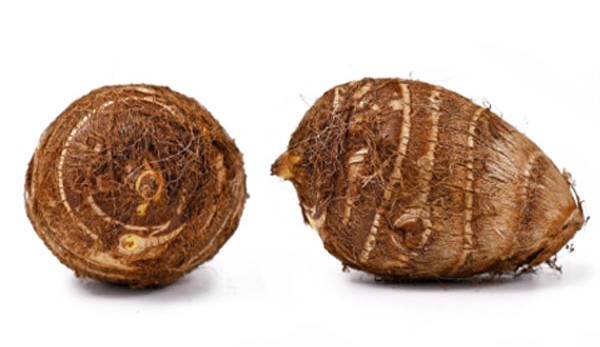

Elephant Ear bulb
Depth and Spacing
Plant bulbs according to package directions. Depth and spacing will vary for each type of bulb. Spacing can be modified for mixed container planting. Place bulb at specified depth and cover with soil.
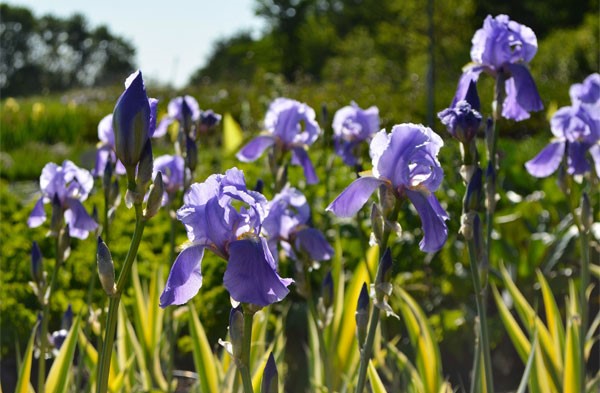

Spacing your bulbs is important to keeping your plants healthy, and can be helpful if you need to dig them up again.
Care
-
Water in thoroughly after planting, then water as needed to keep evenly moist.
-
Fertilize plants with an all purpose fertilizer when they first sprout and then again after they are finished blooming.
In Fall
-
Tender bulbs must be dug in fall in order to use them again.
-
Canna lilies and begonias should be dug up after the first frost.
-
Dahlias should be dug up after they have died back from a hard frost.
-
Caladiums and anemone should be dug up in the fall before the frost.
-
To dig the bulbs up use a shovel or garden fork to lift the soil and bulb mass.
-
Separate the clumps by hand or with a trowel.
-
Wash the bulbs and let them dry for a day or two.
-
Store them in peat or vermiculite in a paper sack in a cool, dry, well ventilated storage area.
-
Hardy bulbs can be left as they stand in the fall. Daylilies, Asiatic and Oriental Lilies, liatris, iris, as well as other perennials should be divided every few years, in spring or fall.
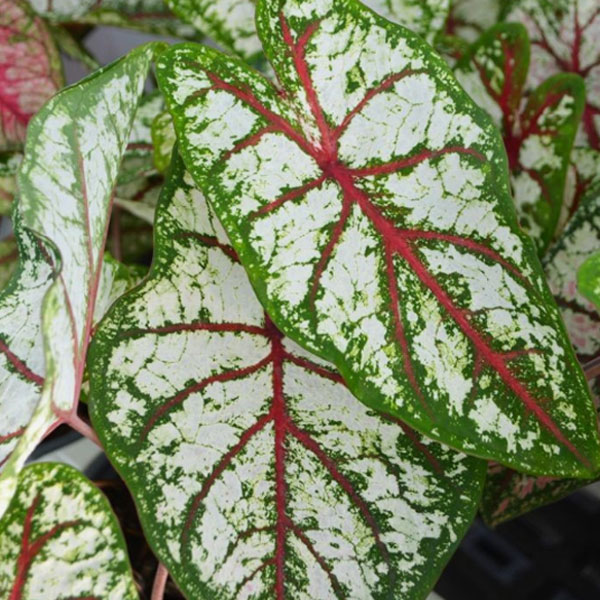

Caladium ‘Red/White’ - a relative of the elephant ear
Bulbs for shade
-
Begonias
Bulbs for partial shade or sun
-
Caladiums
-
Ranunculus
-
Liatris
-
Freesia
-
Anemone
-
Daylily
-
Oriental and Asiatic Lilies
-
Crocosima
-
Ornithogalum
-
Gladiolus – love full sun but will grow in part sun
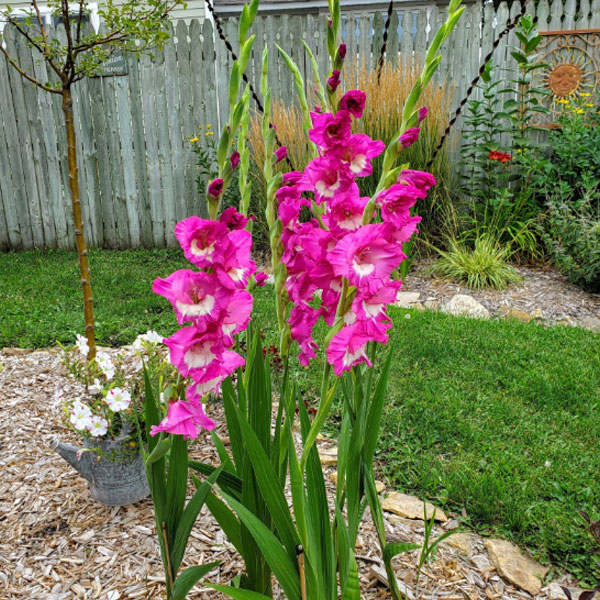

Gladiolas
Bulbs for full sun
-
Calla Lily
-
Canna Lily
-
Dahlia
-
Oxalis
-
Iris
-
Brodiaea
-
Acidanthera
Ideas for containers
Mix pendula begonias and caladium for a shaded window box. Use canna lilies with other annuals to give your summer containers height and a tropical flare. Dahlias are striking enough to be planted alone.
The experts at Gertens are always available to answer your questions!
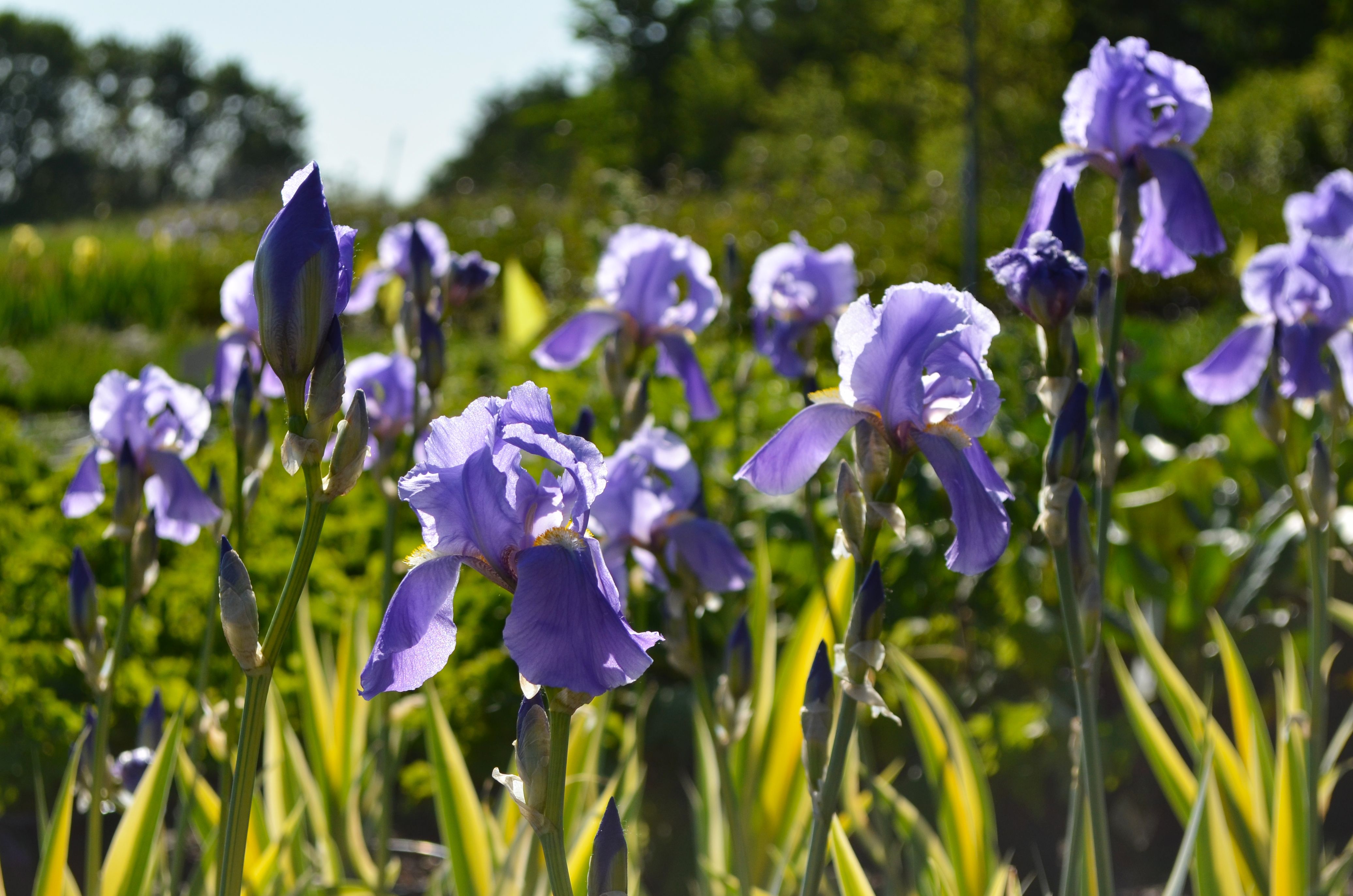
Spacing your bulbs is important to keeping your plants healthy, and can be helpful if you need to dig them up again.
When to plant
- The soil must be thawed and the threat of frost past.
- Bulbs can be started in containers at any time.
- Due to our short growing season many tender bulbs should be started indoors in February or March.
- Containers can be placed or planted out after the threat of frost.
Which end is up?
- Look for distinctive roots, they should always be placed towards the ground.
- Look for a pointed end, this is typically the shoot end and should be placed upward.
- For some bulbs such as elephant ears aka colocasia, the root and shoot end are less visible. The bulbs are round, with very slight root hairs around the bulb - the base of this bulb is distinguished by the rings around the bulb becoming closer together.
- Begonia bulbs have an impression on the top of the bulb.
- Canna lilies and dahlias are grown from tubers, they should be oriented lengthwise with root hairs down.
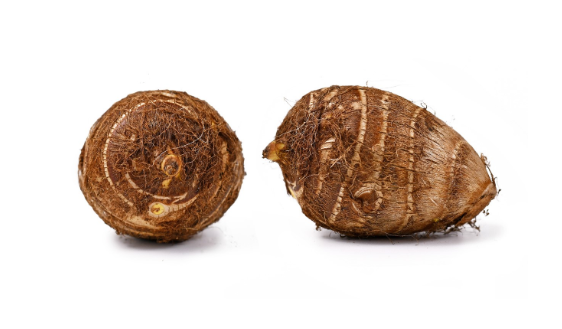
Elephant Ear bulb
Depth and Spacing
Plant bulbs according to package directions. Depth and spacing will vary for each type of bulb. Spacing can be modified for mixed container planting. Place bulb at specified depth and cover with soil.
Care
- Water in thoroughly after planting, then water as needed to keep evenly moist.
- Fertilize plants with an all purpose fertilizer when they first sprout and then again after they are finished blooming.
In Fall
- Tender bulbs must be dug in fall in order to use them again.
- Canna lilies and begonias should be dug up after the first frost.
- Dahlias should be dug up after they have died back from a hard frost.
- Caladiums and anemone should be dug up in the fall before the frost.
- To dig the bulbs up use a shovel or garden fork to lift the soil and bulb mass.
- Separate the clumps by hand or with a trowel.
- Wash the bulbs and let them dry for a day or two.
- Store them in peat or vermiculite in a paper sack in a cool, dry, well ventilated storage area.
Hardy bulbs can be left as they stand in the fall. Daylilies, Asiatic and Oriental Lilies, liatris, iris, as well as other perennials should be divided every few years, in spring or fall.
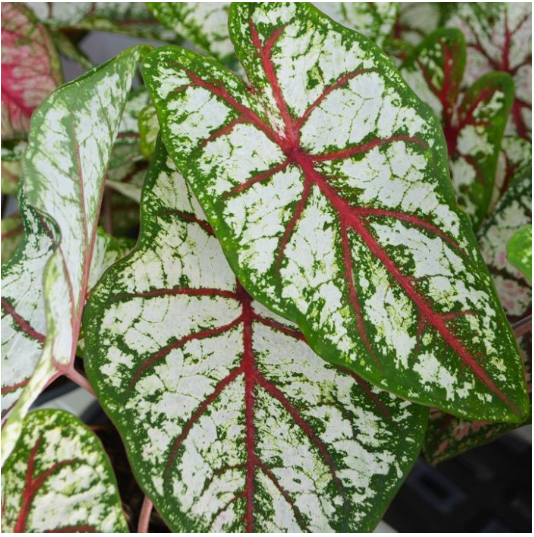
Caladium ‘Red/White’ - a relative of the elephant ear
Bulbs for shade
- Begonias
Bulbs for partial shade or sun
- Caladiums
- Ranunculus
- Liatris
- Freesia
- Anemone
- Daylily
- Oriental and Asiatic Lilies
- Crocosima
- Ornithogalum
- Gladiolus – love full sun but will grow in part sun
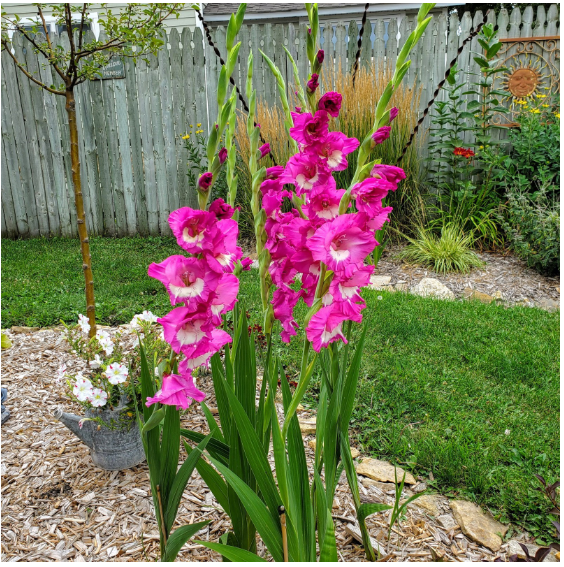
Gladiolas
Bulbs for full sun
- Calla Lily
- Canna Lily
- Dahlia
- Oxalis
- Iris
- Brodiaea
- Acidanthera
Ideas for containers
Mix pendula begonias and caladium for a shaded window box. Use canna lilies with other annuals to give your summer containers height and a tropical flare. Dahlias are striking enough to be planted alone.
The experts at Gertens are always available to answer your questions!
